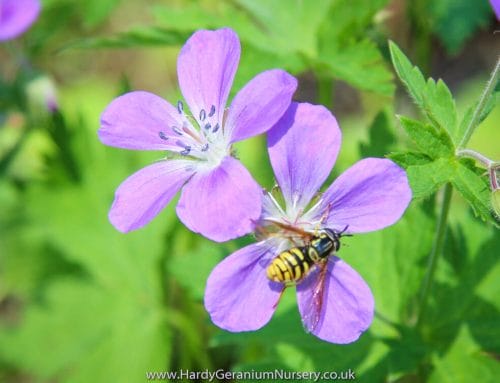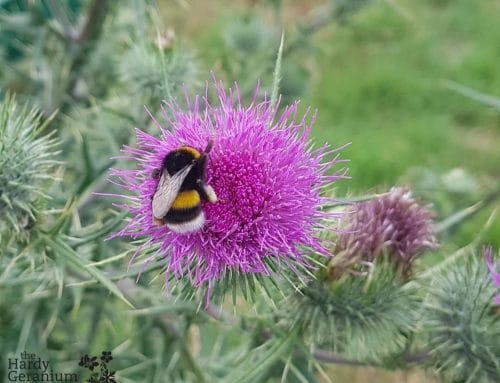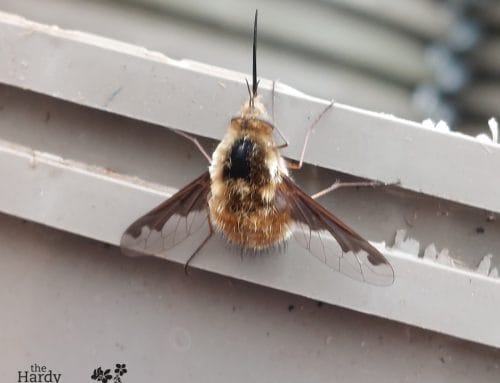Ladybirds, are small, colourful beetles that are beloved by many people around the world. One of the most common species of ladybird is the Seven Spot Ladybird, which is known for its distinctive black and red markings. In this blog, we will explore the fascinating world of the ladybird and learn more about their behaviour, habitat, and life cycle.
Appearance and Physical Characteristics
The ladybird is a small beetle, typically measuring between 5 and 8 millimetres in length. They have a distinctive round shape and are easily recognized by their bright elytra (wing cases) with black spots.
Habitat and Distribution
Seven Spot Ladybirds are found throughout Europe, Asia, and North Africa, and have also been introduced to other parts of the world, including North America. They can be found in a variety of habitats, including forests, fields, gardens, and parks. They are particularly fond of aphids, which are small insects that feed on plant sap, and can often be found in areas where aphids are plentiful.
Behavior and Diet
Ladybirds are voracious predators and feed primarily on aphids, although they will also eat other small insects like mites and scale insects. They are particularly valuable to farmers and gardeners, as they can help control aphid populations and prevent damage to crops.
During the winter, ladybirds hibernate in groups in protected locations, such as under tree bark or in crevices in buildings. In the spring, they emerge from hibernation and begin to mate and lay eggs. Female ladybirds can lay up to 50 eggs at a time, which hatch into larvae in about a week.
Life Cycle
The larvae of ladybirds are long, black, and spiky, and they have a voracious appetite for aphids. They will molt several times as they grow, and after about three weeks, they will pupate and transform into adult ladybirds. The entire life cycle of a ladybird takes between 6 and 8 weeks, depending on the temperature and availability of food.
The ladybird is a fascinating and important species of beetle that plays a critical role in controlling aphid populations in many parts of the world. Their distinctive appearance and voracious appetite make them a favourite among gardeners and nature lovers alike. So, the next time you spot a ladybird, take a moment to appreciate these small but mighty creatures and the important role they play in our ecosystem.
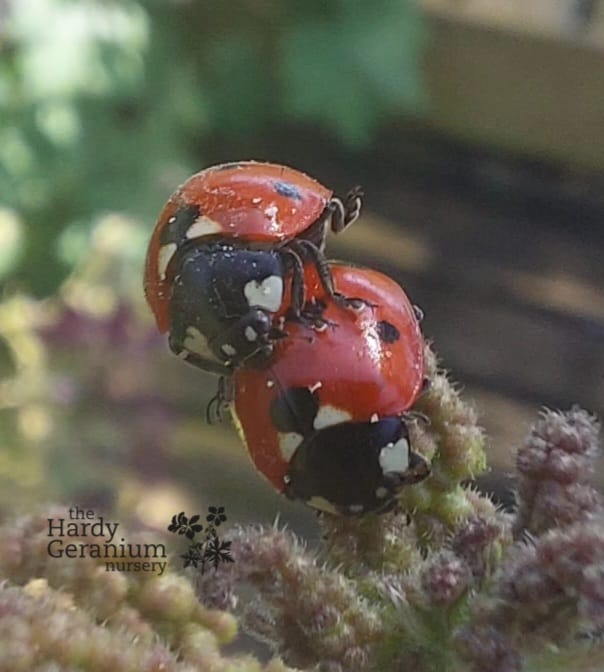
Our native Seven Spot Ladybird
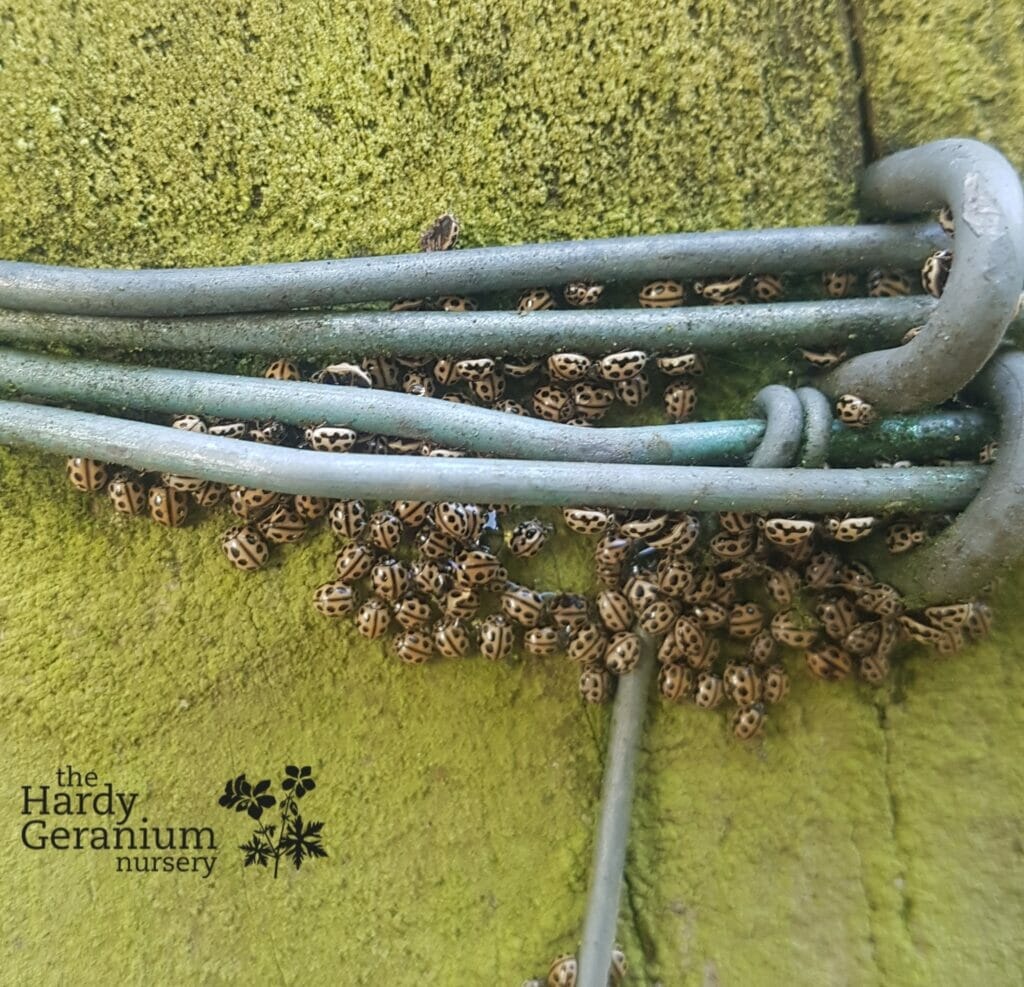
Ladybirds hibernating on a fence post
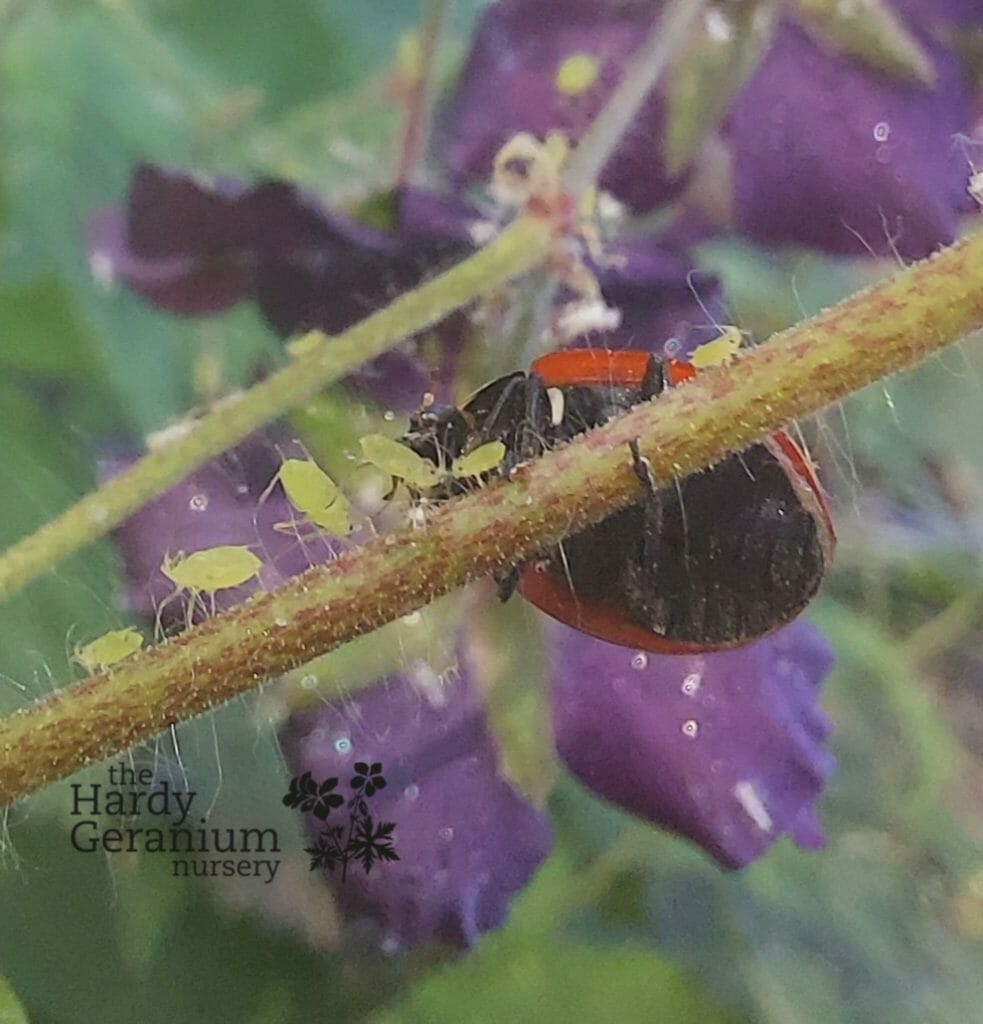
Seven Spot Ladybird snacking on aphids
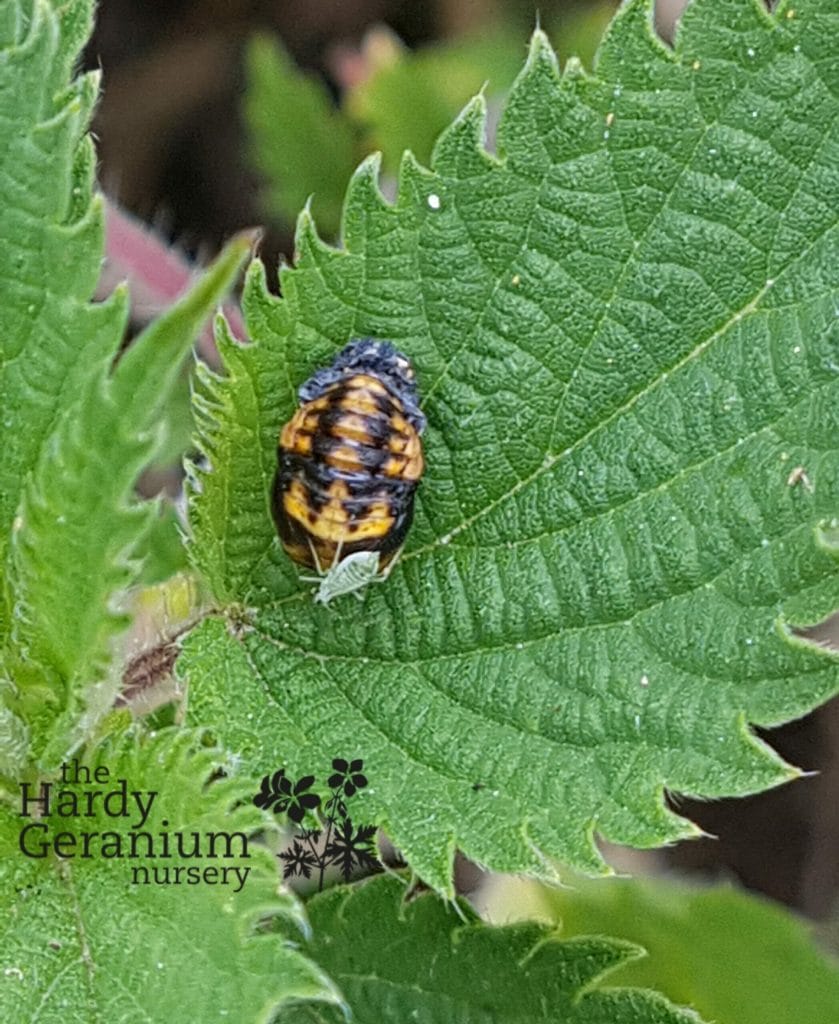
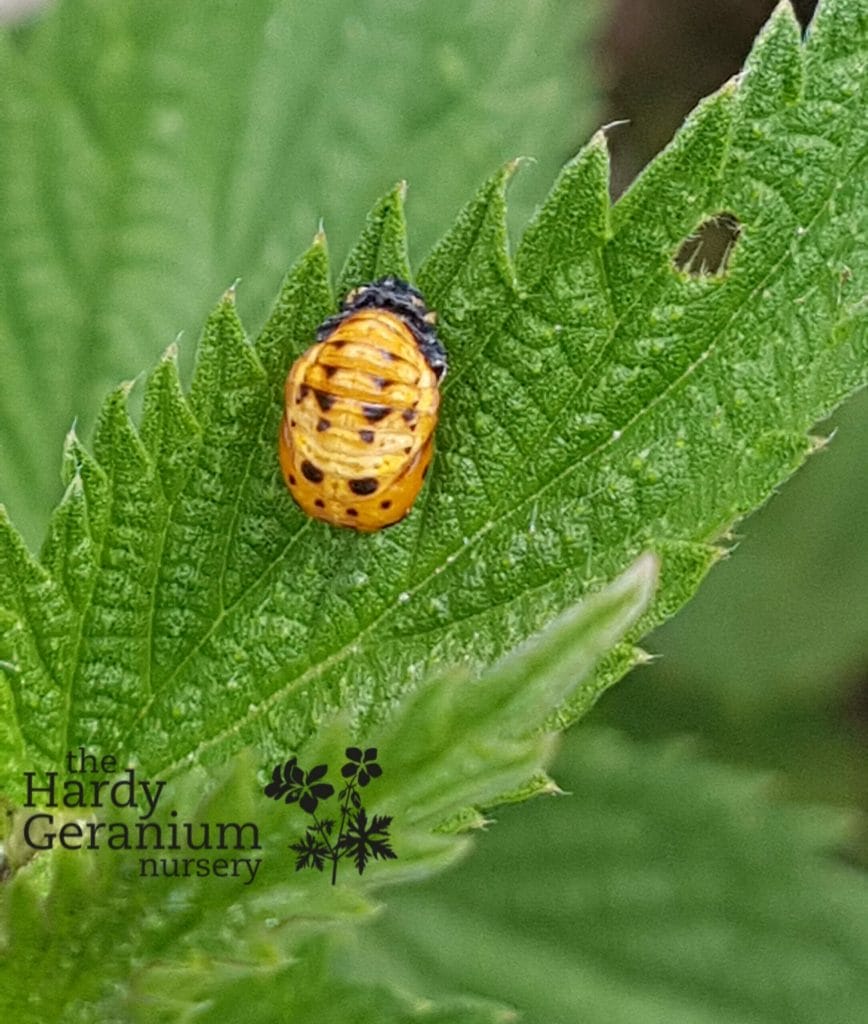
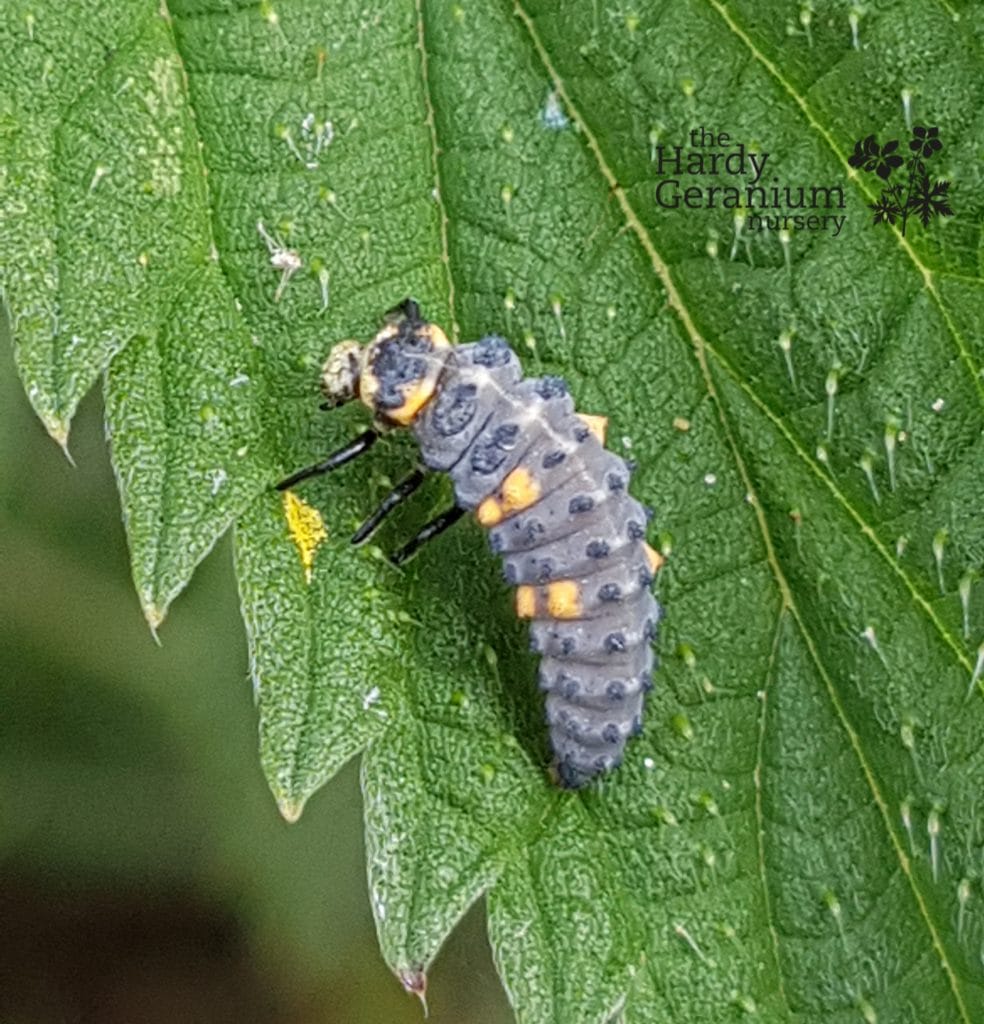
This article has been written in association with ChatGPT


